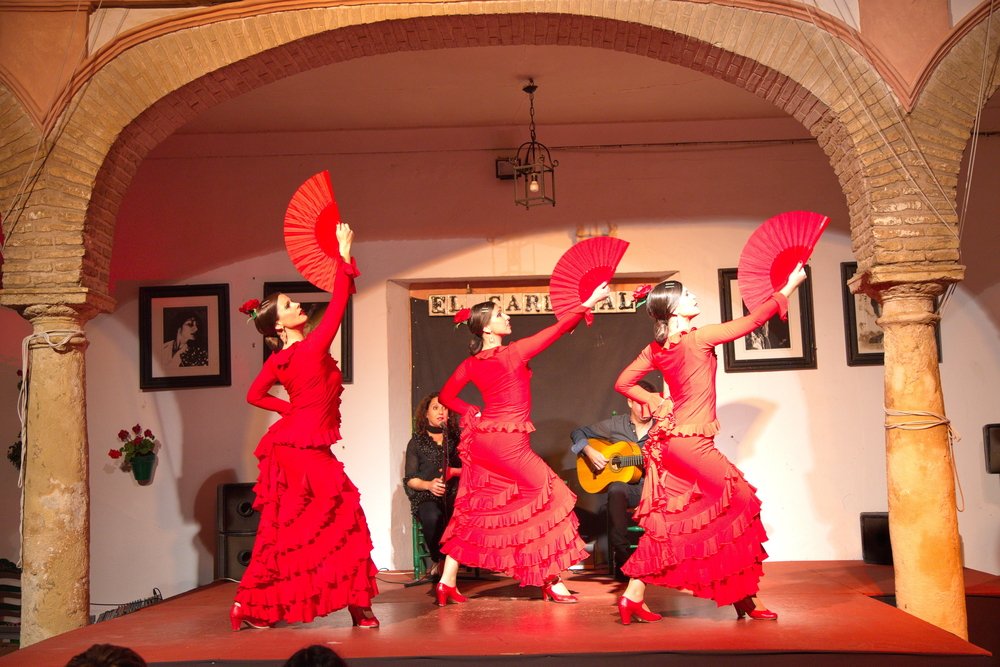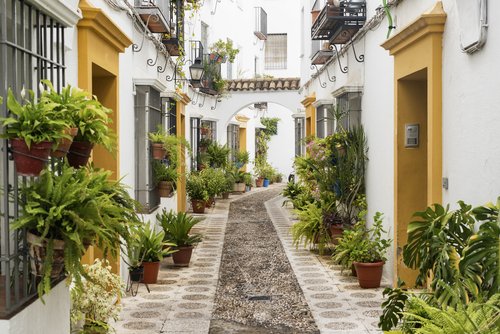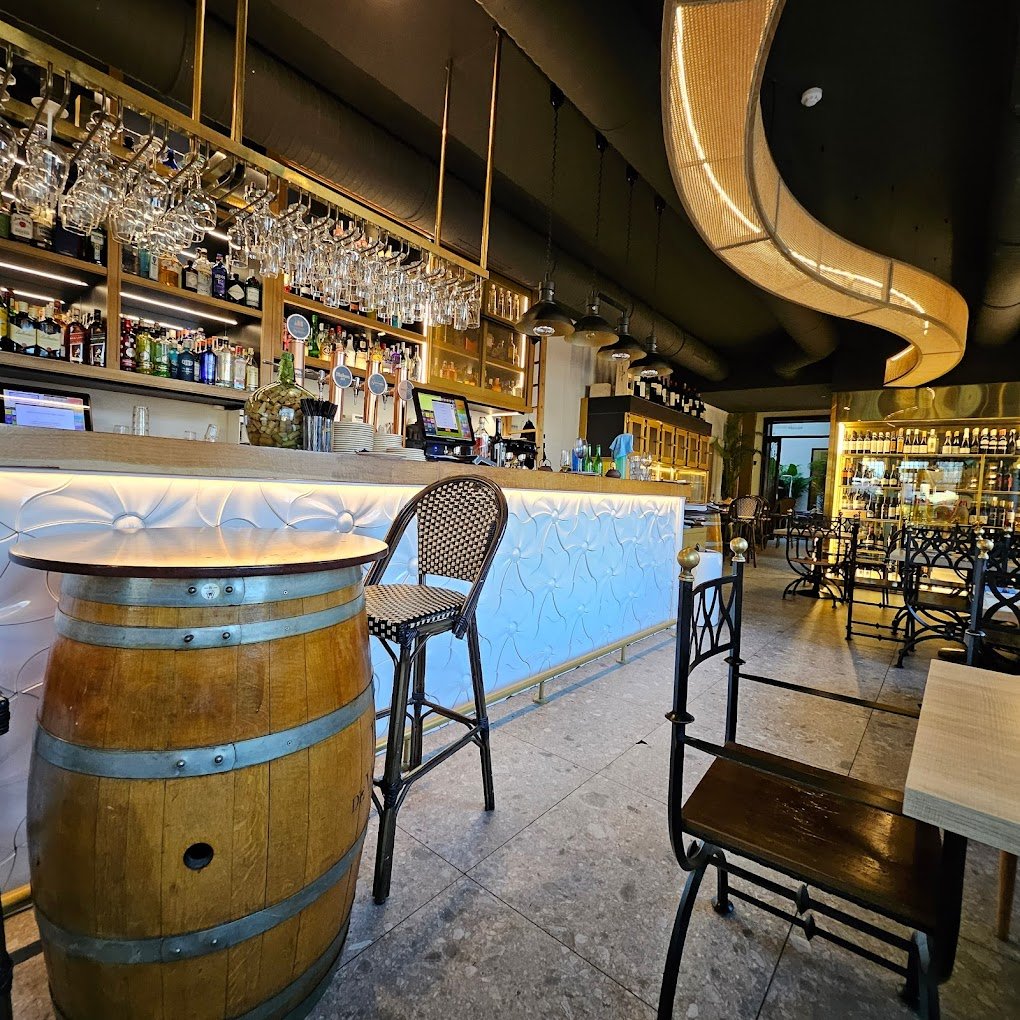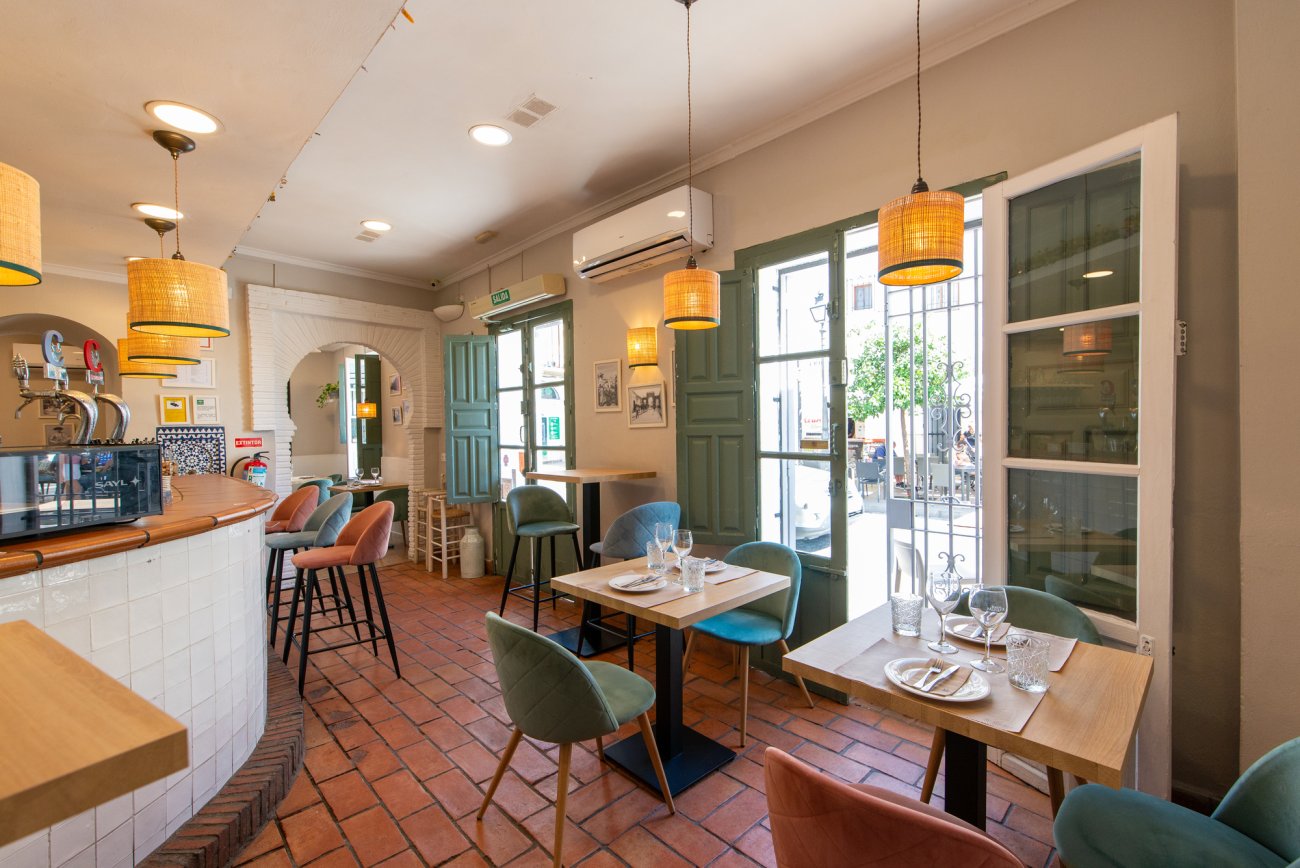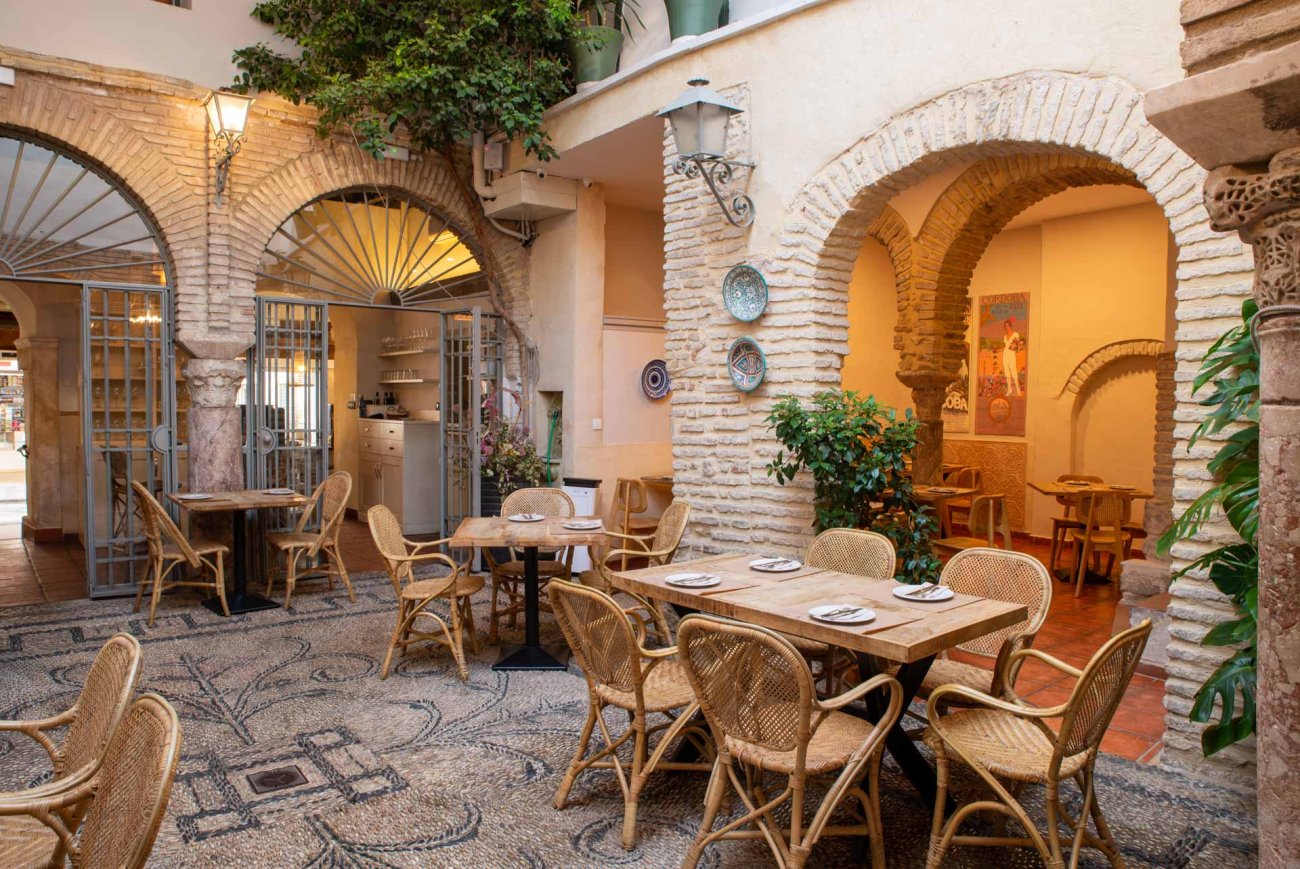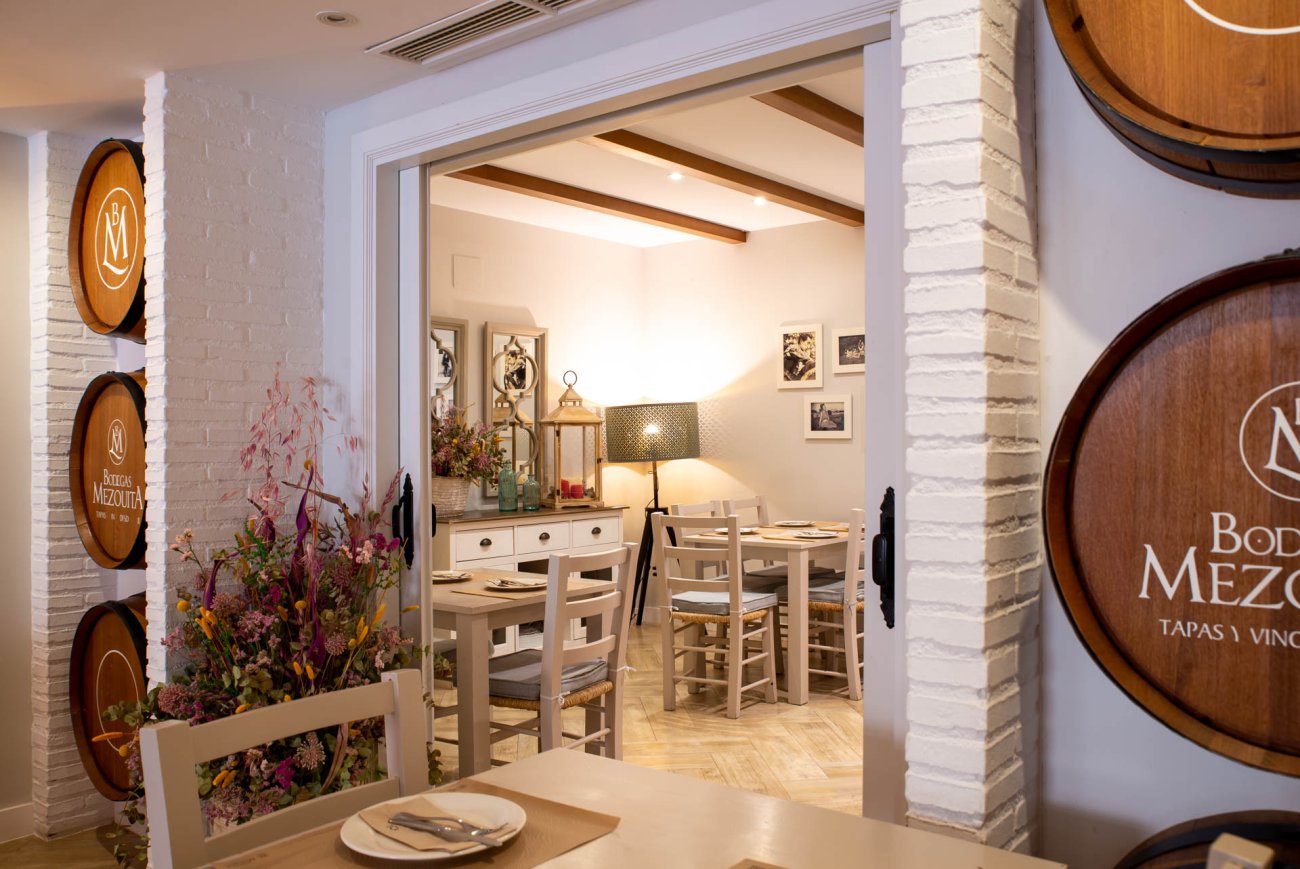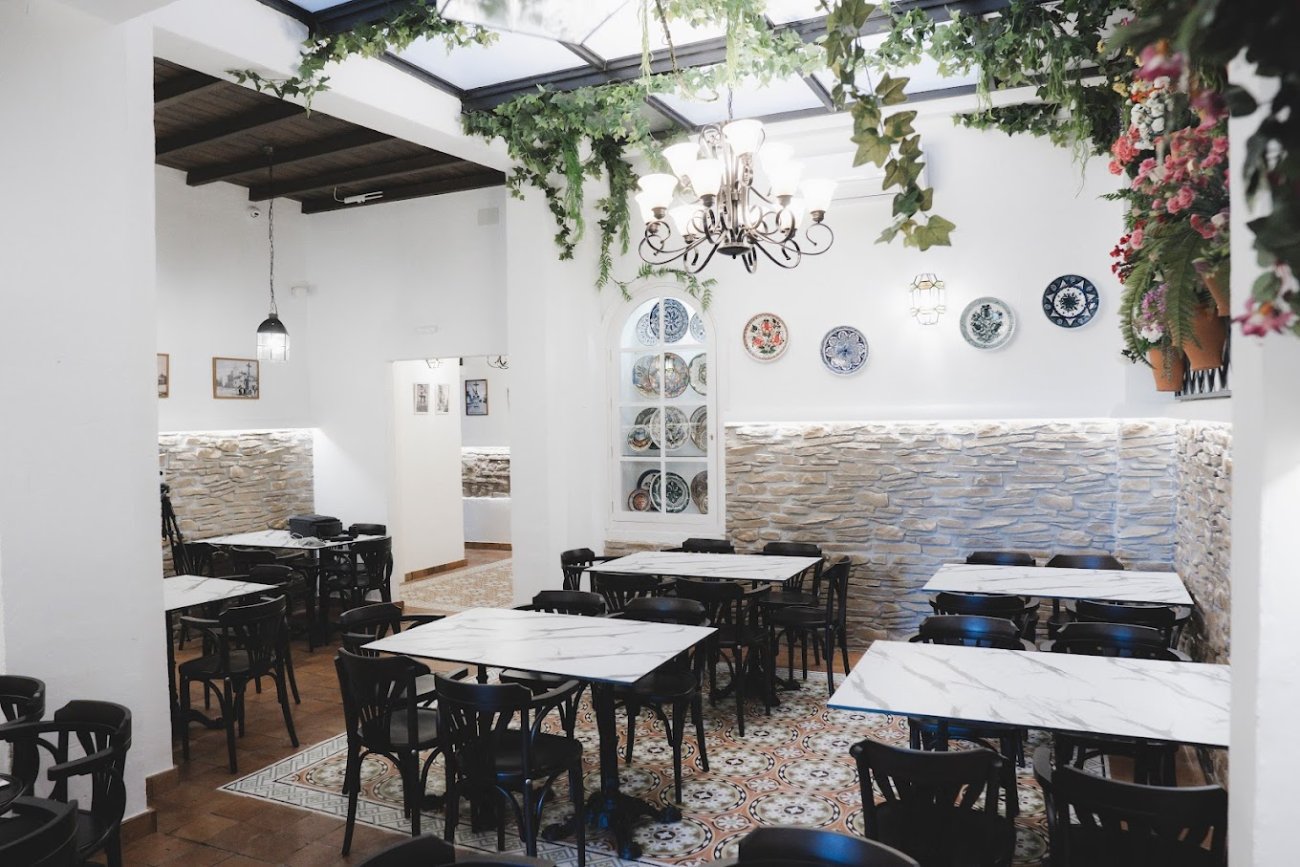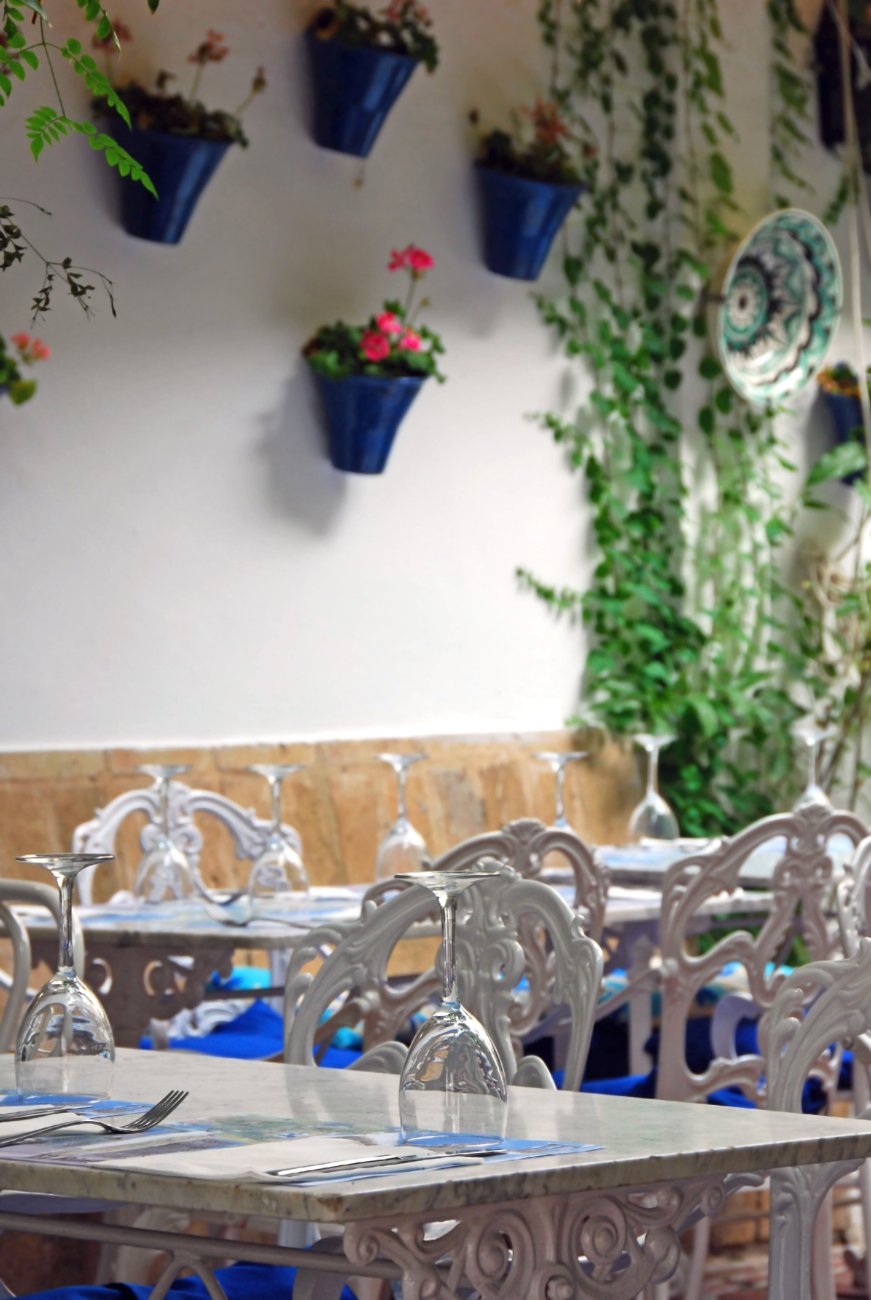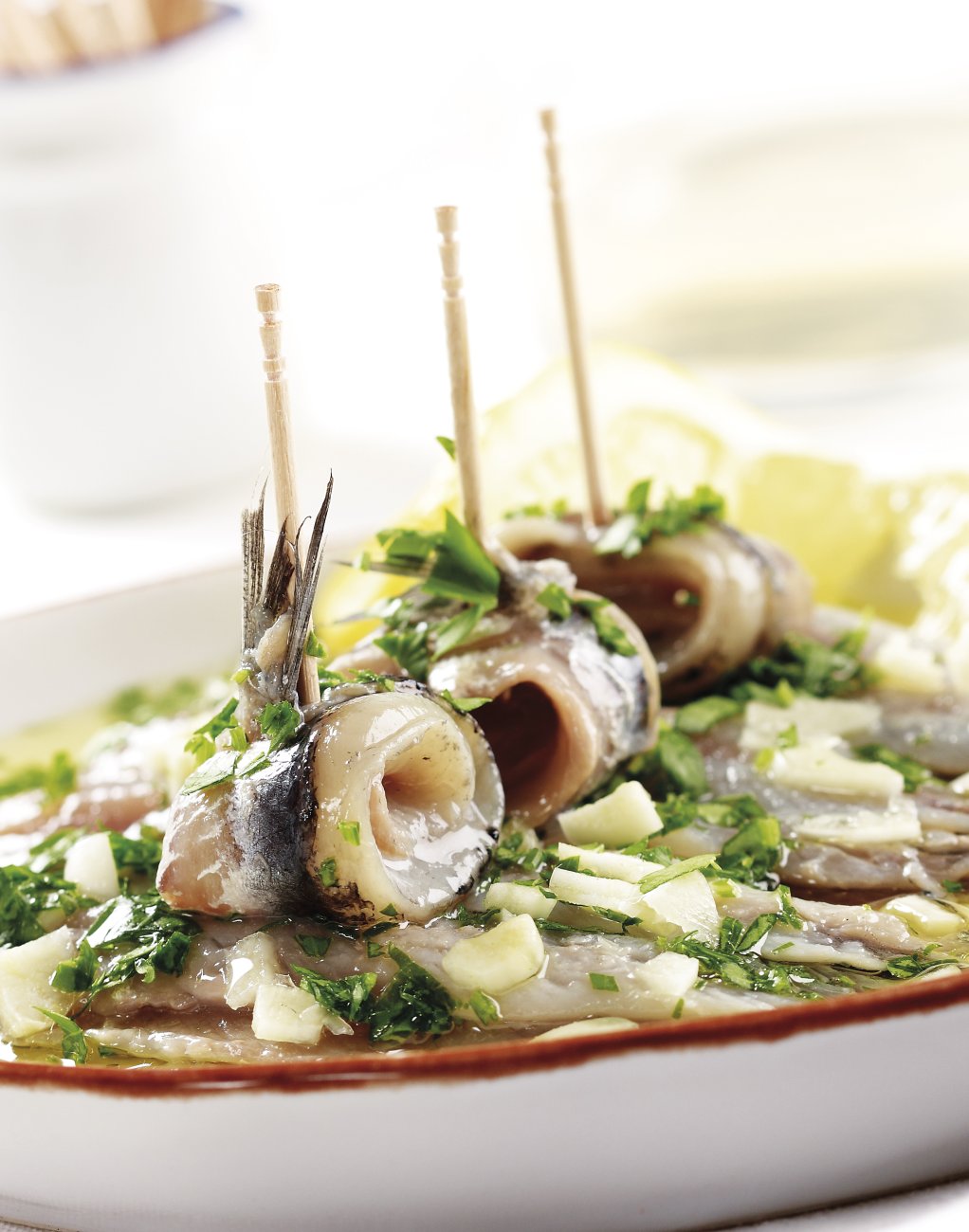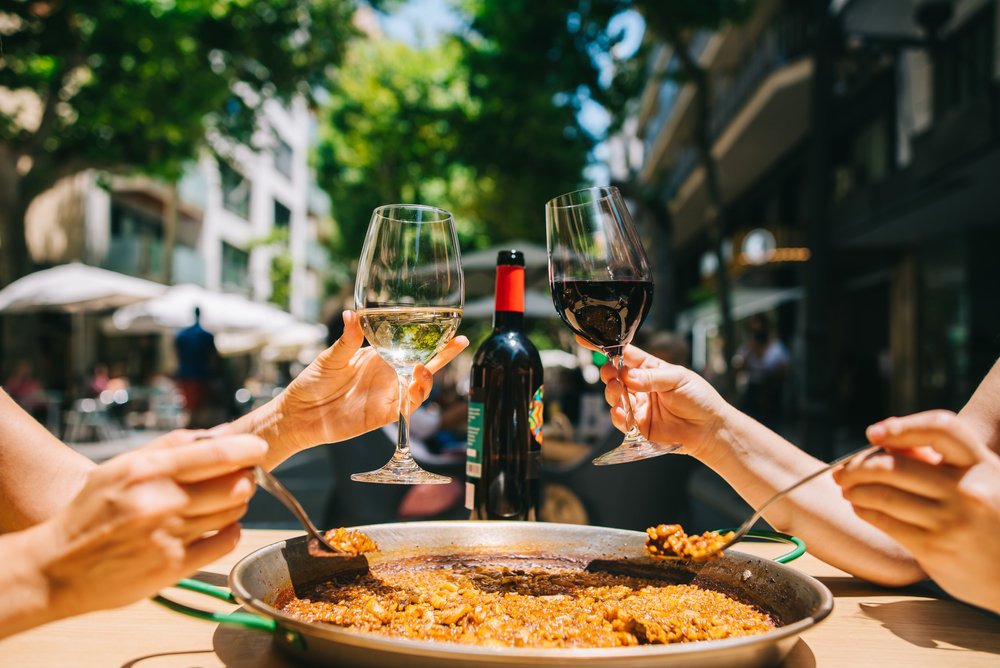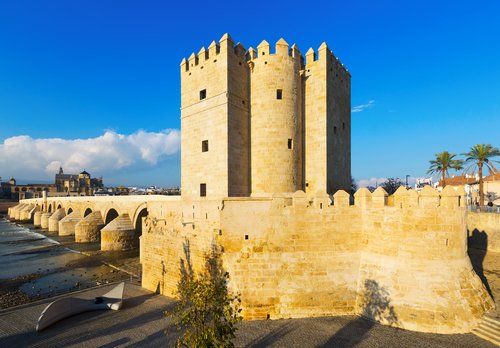Córdoba, a city with a rich history dating back to the Bronze Age, finds its official foundation in the 2nd century BC. under the government of the praetor Claudius Marcellus. This act marked the beginning of an era of prosperity and prestige for the city, which became the capital of Hispania Ulterior and later of Bética, adopting the title of Colonia Patricia. The Roman influence left an indelible mark on the city, visible in the remains of bridges, walls, towers and other structures that are still preserved.
After the fall of the Roman Empire, Córdoba fell into the hands of the Byzantine Empire before being conquered by the Visigoths in 572. However, internal strife weakened Visigothic power, paving the way for the arrival of the Muslims in 711. The rapid conquest of the peninsula by the Muslims established Córdoba as an important political and cultural center, culminating in its designation as the capital of al-Andalus in 717. The rise of Abd al-Rahman I to power in 756. It marked the beginning of the Independent Emirate of Córdoba, which reached its peak with the proclamation of the Caliphate of Córdoba in 929, under the reign of Abd al-Rahman III. During this period, the city flourished as a center of knowledge, art and architecture, reaching its maximum splendor.
However, political decline began in the early 11th century, although cultural greatness persisted. In 1236, the city was conquered by Ferdinand III of Castile, marking the beginning of a new era under Christian rule. Córdoba would play a crucial role in the struggles against the Nasrid Kingdom of Granada and would become the habitual residence of the kings of Castile.
Throughout the 17th and 18th centuries, the city experienced ups and downs, facing economic crises but also periods of urban renewal and growth. In the 19th century, drastic urban interventions were carried out that transformed the city, such as the demolition of walls and the opening of new roads.
The 20th century brought with it a notable population growth, giving rise to the emergence of new neighborhoods that surrounded the historic center. Today, Córdoba remains a melting pot of cultures and traditions, where every corner tells a story of its glorious past.
The urban structure of Córdoba is marked by its multicultural past. The historic center is divided into two different parts: the Villa, which houses the old Muslim Medina, and the Axerquía, the eastern neighborhood. These divisions reflect the Muslim heritage that has endured through the centuries. In the Villa, you can find the remains of the Roman city and the Andalusian Medina, along with the San Basilio neighborhood. La Axerquía, on the other hand, is characterized by its homogeneity and preserves most of the late medieval Christian temples.
Córdoba
